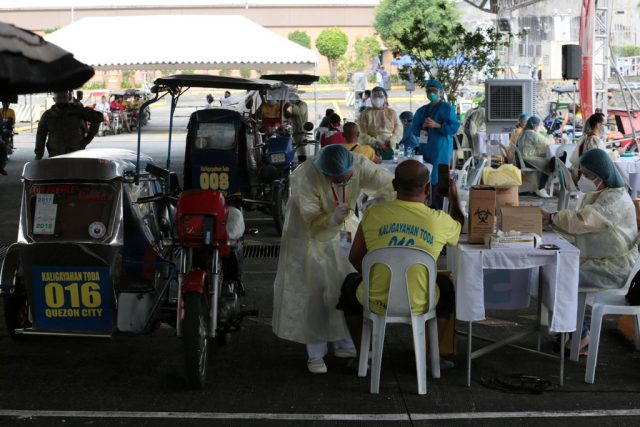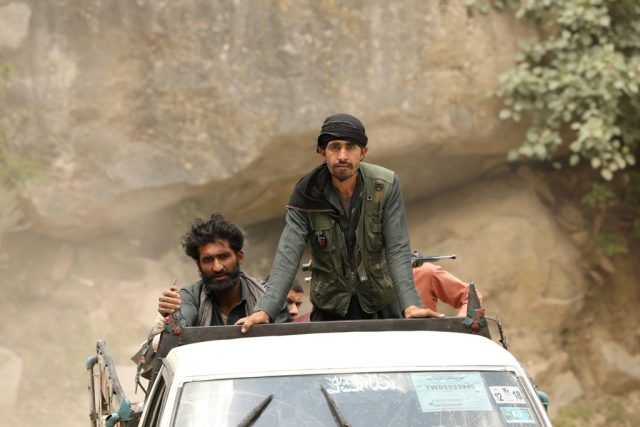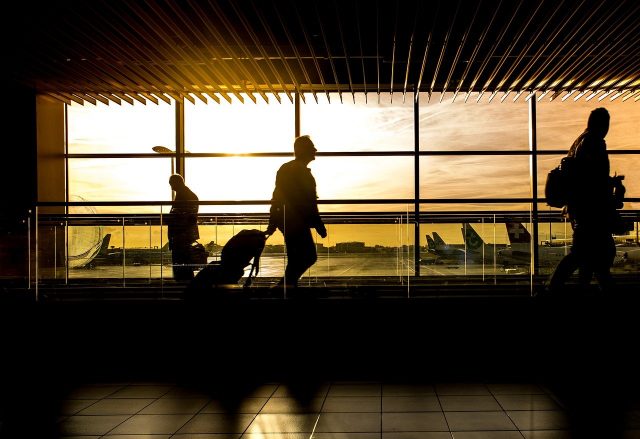CoA Reports and Good Governance
There is nothing extraordinary about the recent Commission on Audit (CoA) report flagging several deficiencies in the use of public funds by the Department of Health (DoH).
By auditing the DoH’s use of public money, the CoA was doing nothing outside its constitutional mandate to exercise its authority to examine, audit, and settle all accounts pertaining to government agencies’ revenues and expenditures on a post-audit basis. Otherwise, CoA would be guilty of dereliction of duty.
No public institution escapes CoA because it has been given the authority to audit even constitutional commissions, state colleges and universities, government-owned or controlled corporations and their subsidiaries.
In fact, the Constitution prohibits any law to be passed exempting any entity of government or its subsidiaries, or even public investment, from the jurisdiction of CoA. Audit reports are not mere scraps of paper one can simply throw away because they are not flattering. CoA is instructed by the Constitution to report to the President and the Congress annually on the financial condition and operation of the whole of government. Without doing audits, CoA would have no basis “to recommend measures necessary to improve their effectiveness and efficiency.”
Auditing is no doubt an essential part of good governance. There is good governance when conditions are conducive to the so-called ordered rule and collective action. Even the private sector runs audit committees and relies on audit reports.
But what caused President Duterte’s ire against CoA?
It was CoA’s 2020 finding that there were deficiencies due to the DoH’s non-compliance with pertinent laws and regulations which “led to missed opportunities for the department primarily tasked with managing the pandemic.” Because of these deficiencies, CoA had to drill down further to ensure regularity of such transactions. Any irregularity could be as bad as keeping earmarked funds idle. Given the viral rampage, it is criminal not to spend those funds. Vaccines remain in short supply and many hospital facilities are overwhelmed. Filipinos are suffering, and many are dying.
The use of P67.323 billion was found to be non-compliant with government standards as we fought the pandemic. For instance, some P42.41 billion was transferred to partner agencies without the required memorandum of agreement and other supporting documents. This led to delays in the delivery of essential medical equipment. The procurement process of the health department was also found to be deficient. Contracts on P5.04 billion worth of procurement items were not supported by requisite documentation. Deals as done “deprived the government of the most (advantageous) prices and cast doubt on the regularity in the payment of transactions. Allotments worth P11.89 billion have remained unobligated and therefore, that amount represented DoH’s foregone ability to strengthen its capacity to address the COVID-19 pandemic.
There were other findings by CoA.
The DoH was cited to have procured P95.15 million worth of medicines and medical supplies that were essentially worthless because they were either expired, about to expire or were held in warehouses. If these were released and used promptly, this amount could have helped mitigate our health condition.
It is difficult to argue that billions of pesos could not be simply stolen and disappear into thin air. Haven’t we heard about overpricing?
What is sad is that CoA found this a “recurring problem.” This simply means “indiscriminate wastage of government funds and resources,” year after year.
Our government service of more than 40 years at the Bangko Sentral ng Pilipinas (BSP) has convinced us of the importance of CoA audits. CoA’s mode of audit is not exactly perfect — it could be ancient at times — but audit is a critical element in promoting good governance. One would just be too callous to ignore CoA findings. While we had our own Internal Audit Office, CoA’s value added was more than nominal. Their auditors missed nothing from the big items like processes to the small items like office supplies. CoA’s audit allowed us the opportunity to review the processes of, at some point, 35 offices, departments, and branches under our supervision. We would always welcome CoA’s annual exit conferences which gave us the opportunity to respond to their initial findings. Our annual conferences were always constructive because the public gets the full picture of CoA’s findings and the BSP explanation in the same website. For us, their valid findings were cause of future action. There was due process.
Therefore, it will be useful for the President to realize that the CoA is his friend in ensuring good governance and preventing any whiff of corruption. The President has every right to say that he hated flagging because “it creates a conundrum and you know that it’s a political season.”
But the Chief Executive will do his administration a great service by encouraging all public agencies to cooperate instead with CoA and address its findings with the objective of rectifying slippages in processes and documentation. The intent of the Constitution is to ensure that public office is a public trust; no one is above the law. CoA flagging is certainly not flogging.
What is it in the Constitution that the President might be breaching?
By asking CoA not to publish its finding, the President might be impinging on the constitutional provision granting CoA “the exclusive authority … to define the scope of its audit and examination, establish the techniques and methods required therefor, and promulgate accounting and auditing rules and regulations, including those for the prevention and disallowance of irregular, unnecessary, excessive, extravagant, or unconscionable expenditures or uses of government funds and properties.”
If CoA believes that publishing its finding promotes transparency and could impress fiscal discipline upon government, even the President could not interfere. CoA is a constitutional commission with independence and fiscal autonomy.
The President can demonstrate his adherence to the law and the Constitution by staying neutral with respect to the initial findings of CoA. If Health Secretary Francisco Duque fails to explain the whys and wherefores of the DoH’s use of public money, the President should exercise his option to accept Duque’s resignation, unless the Ombudsman overtakes him with a suspension.
More and more adverse findings are coming out of CoA.
For instance, TESDA (the Technical Education and Skills Development Authority) was reported to have spent P160 million for the task force on counter-insurgency activities without proper authority and guidelines. This deficiency exposes TESDA to possible misuse or misappropriation.
The Department of Labor and Employment (DoLE) was reported by CoA with the finding that “insufficient internal control measures in granting assistance to workers affected by the pandemic resulted in excessive payments, denied claims and unclaimed cash support in money remittance center.” Over P7 billion of public money appeared to have been disbursed with deficiencies including alleged multiple payments of cash aid.
The CoA also reported that the Department of Transportation (DoTr) failed to fully use its P9.5-billion COVID-19 intervention budget resulting in the return to the Treasury of more than P101 million while many transport workers were alleged to have continued to suffer during the pandemic.
These findings hardly build the case for good governance in the Philippines. For some scholars of public administration, good governance is actually all about leadership and the positive signals it sends out to the rest of the bureaucracy.
Despite all the monkey wrenches thrown to it, CoA should stick to its mandate.
It is one of the three constitutional commissions, the other two being the Civil Service Commission and the Commission on Elections, protected by the Constitution with independence and fiscal autonomy. Its annual appropriation is automatically and regularly released.
CoA should recall that since the authority bias involving the flight captain was discarded from the airline industry to give way to the so-called CRM or crew resource management, allowing pilots and their crew to discuss any reservation openly, flight safety has improved in the last 20 years.
It is useful to remember that just like in the 1970s when we used to refer to the US as a paper tiger, there are public servants today who are no better than paper tigers.












